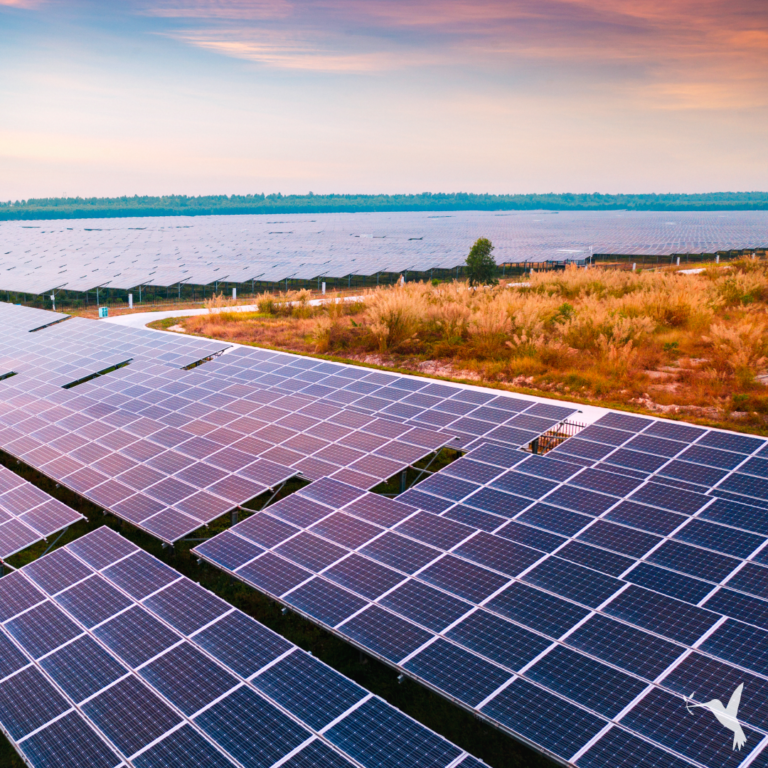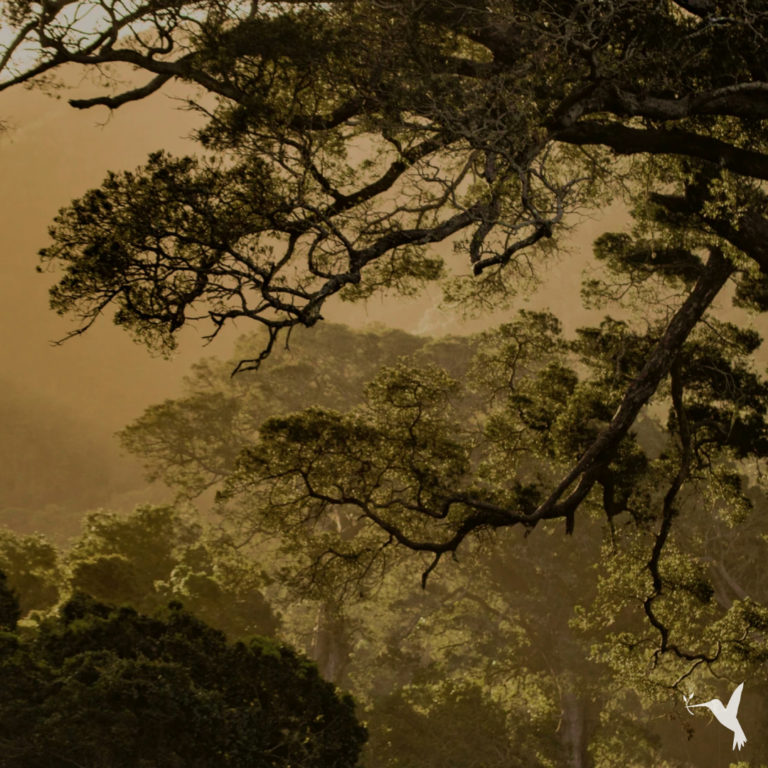How Can Small Farmers Realize More Potential Value
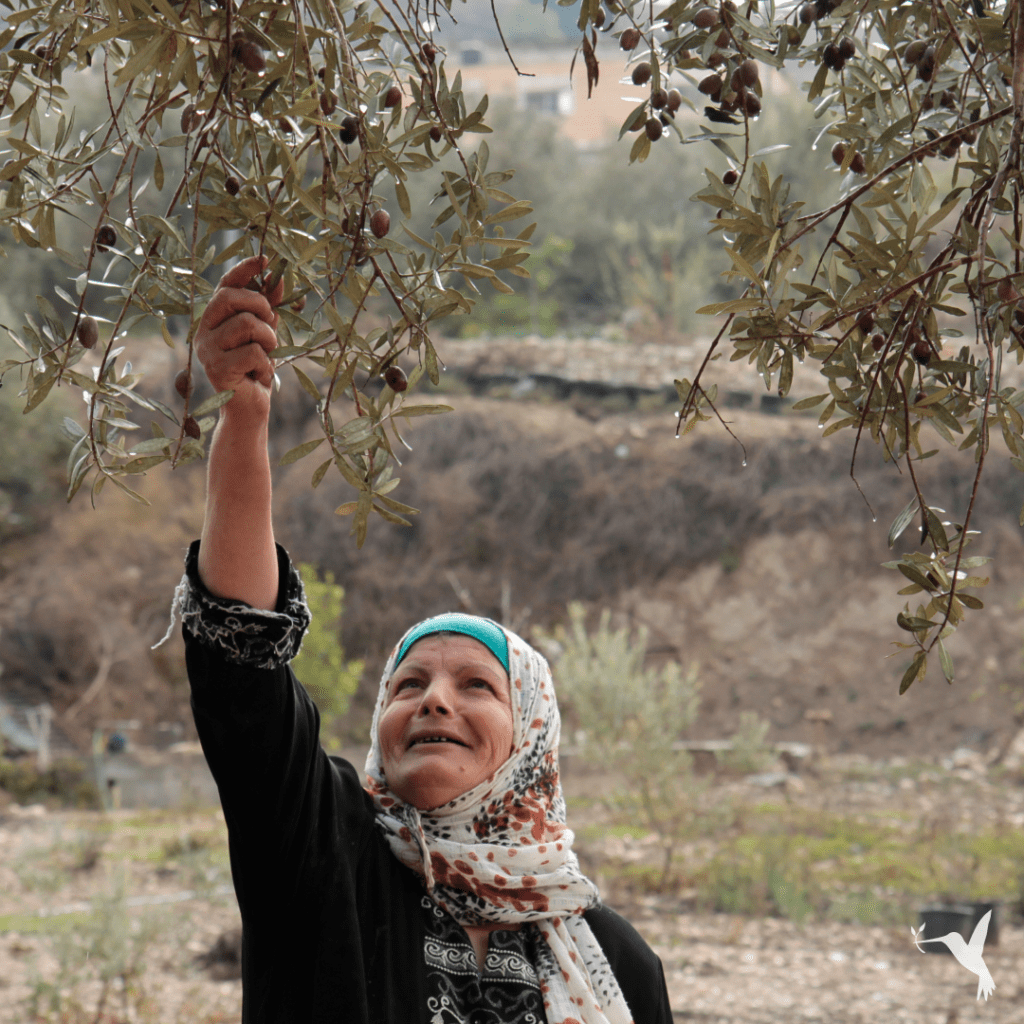
Farmers and small producers undoubtedly do the hardest jobs on the supply chain. Unfortunately, along with their continuous hard work, there is a huge amount of unrealized potential. In fact, trillions of dollars are left on the table by farmers and small producers. Across the globe, these small yet critical players have raw material, carbon outputs, sustainable practices and data that are not reaching their proper market value.
I would categorize these trillions into two parties:
- Value being realized by others
- Value that doesn’t get commercialized.
Who are the “others” realizing all this value? They are the downstream traders, brokers, wholesalers, importers, exporters, distributors, and retailers. I don’t mean to say that these groups are ‘bad’ or that they don’t have a place on the value chain. However, in what I have observed, these groups tend to have much greater business savvy, infrastructures, market access and capital than small farmers and producers. As a result, they are able to generate greater value from the raw materials and added value outputs created by producers than many producers are able to for their own products.
Producers Market and StoryBird were created to solve this core scenario.
Our idea is to give a business suite and toolkit to small producers. With these resources, they will have better access to downstream buyers and consumers via digitization, validation and storytelling. Greater connectivity means more competition for outputs and a greater likelihood for higher prices and profits.
The value that doesn’t get commercialized includes carbon, data, and sustainable product premiums.
The World of Carbon Finance
The carbon gold rush is on. If you know what I mean, then you know that this is complete madness! And if you haven’t heard, well you may soon learn that 2021 will become known as the year that humans created “carbon finance.” What does this mean? Basically, voluntary carbon markets allow carbon emitters to offset their unavoidable emissions by purchasing carbon credits emitted by carbon reduction projects. For a project to generate credits, it needs to respect a set of criteria certified by independent standard-setters like Gold Standard. This carbon, however, is merely one tiny part of the epic scope of problems facing humanity. And the incentives aren’t fairly distributed, naturally.
For example, if large scale soy farmers and multi thousand hectare ranchers are cashing in on carbon, then definitely there are hundreds of millions of small producers who should be as well, but are not. Small farmers and producers around the world are growing trees, protecting biodiversity, improving soil health, and implementing practices. Or they could be implementing practices and capturing hundreds of billions of dollars a year of new value that doesn’t even currently exist.
Why Are Organic and Fair Trade So Successful? Because Consumers Want Them!
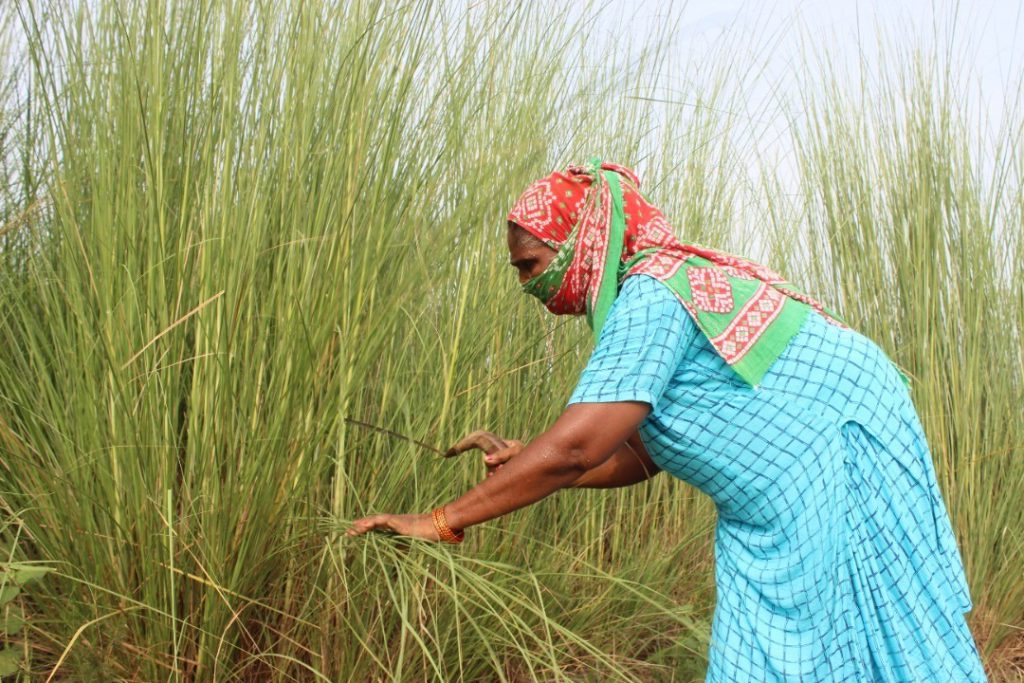
Data is arguably the most valuable commodity globally. And currently the multiple trillion dollar industry of small farmer and producer value chains only has a small amount of it. Over the next five years, this data will be captured, organized, and brought to market in a variety of uses for industry, finance, insurance, and logistics. This is a form of output that I believe is ready to be converted into micro payments and profits that flow back to the users generating the data–the farmers.
Consumers are willing to pay more for products that align to their value. This is clearly demonstrated by the success of organic, fair trade, non-GMO, and rainforest alliance products–amongst a handful of others. Ultimately all these premiums add up to consumers who want to make a better impact on their individual health or the health of the earth, the farmers and their community, and often, all of the above. Many consumers are willing to pay for it, and this demand is only growing.
The truth is that many small farmers already produce this way. Often, however, they don’t have the capacity to acquire certifications or a channel to communicate their practices to consumers. Then there are hundreds of millions of small farmers who may consider moving into regenerative practices once the markets, capacity building, financing and premiums are aligned. This too is a multi billion dollar opportunity that currently isn’t realized.
This is where Producers Trust comes in.
We are taking these trillions and converting them into greater profitability, especially for the small farmers and producers who have earned it with their hard work and hopeful visions. And yes, we will take our cut from this profitability and build a billion dollar farmer impact venture.
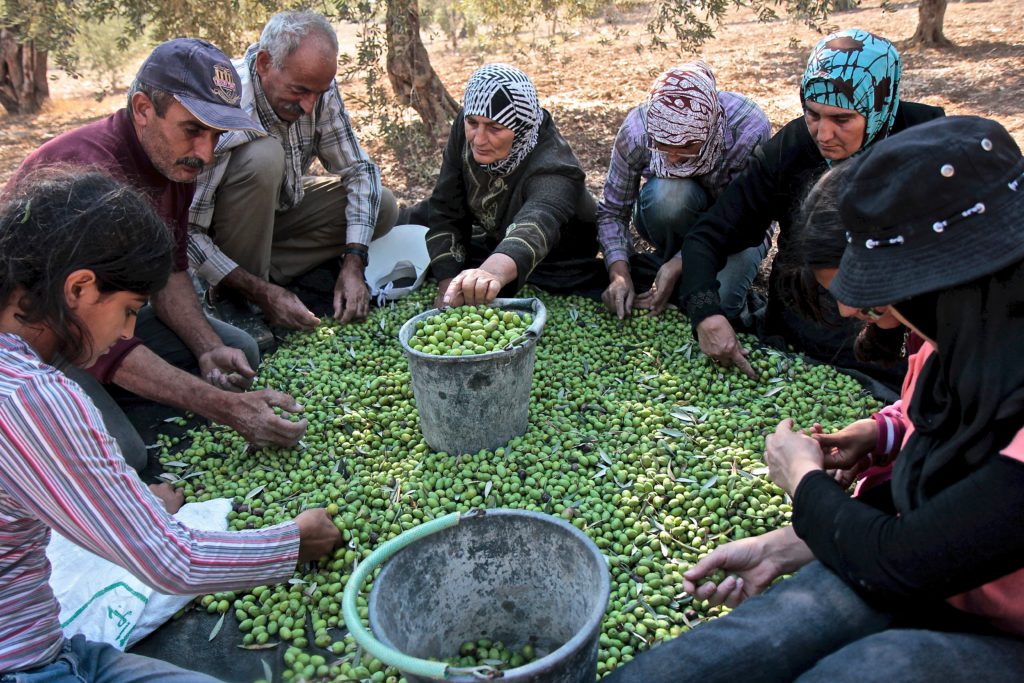
This is the vision.
